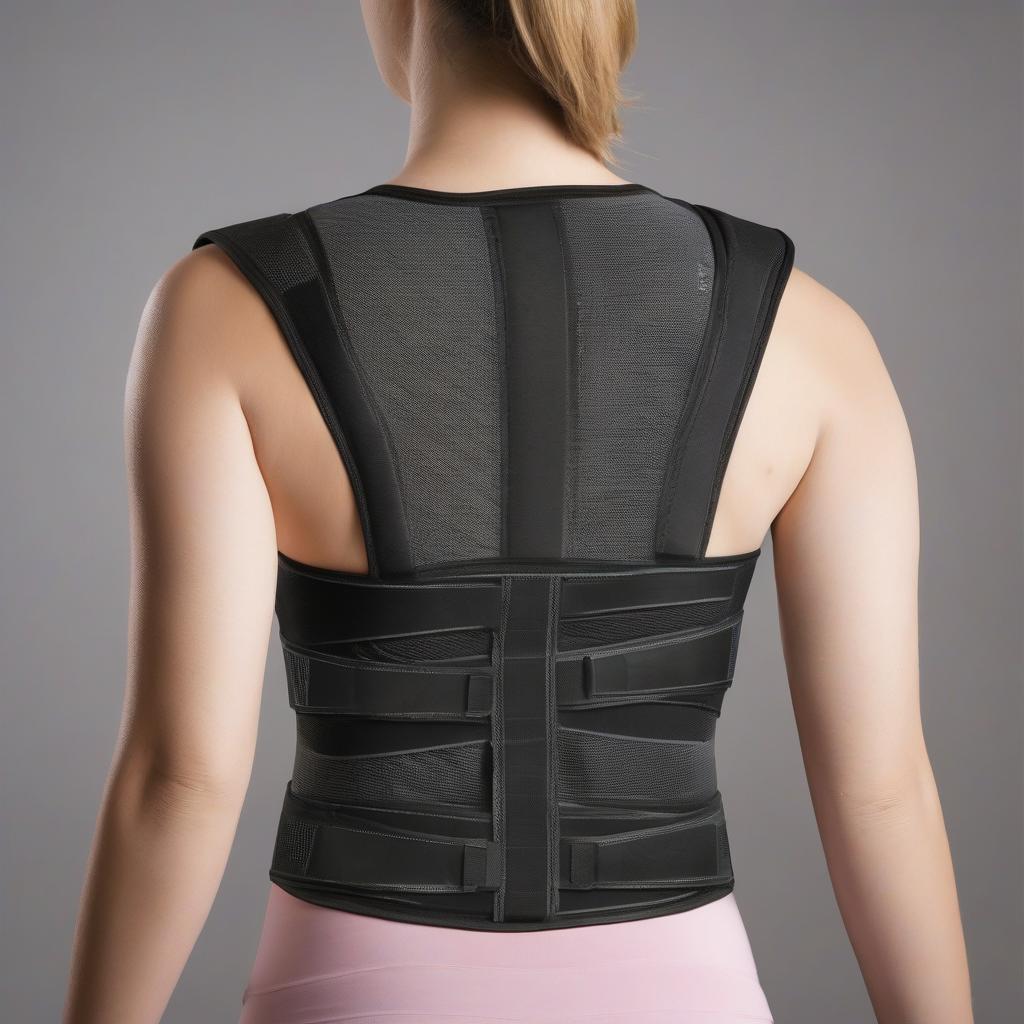Biology Underlying the Working Principle
The design of the back posture support device is deeply rooted in the principles of human biology and biomechanics, emphasizing spinal alignment and user comfort.
Forces Experienced in the Lower Back During Squats
When performing squats, the lower back experiences several significant forces:
- Compression forces - the primary force acting on the lumbar spine during a squat is compression, resulting from the weight of the barbell resting on the shoulders. Research indicates that compression forces can range from 4000 - 8000N, depending on the load and squat depth (Escamilla, 2001)
- Shear forces - shear forces arise from the body's inclination during the squat. As the trunk leans forward these forces increase due to the need for spinal extensors to stabilize the lumbar region against forward flexion (Orloff et al., 1995)
- Torsional forces - Torsion occurs when there is a rotational component in the movement. During squats, especially if performed with improper form or uneven weight distribution, torsional forces can act on the lumbar spine, potentially leading to discomfort or injury.
- Flexion moments - The angle of the trunk significantly affects lumbar flexion moments. A more forward trunk position increases the demand for back extensors to stabilize against flexion (McGill, 2007). This biomechanical demand can lead to increased stress on spinal structures if not countered by adequate muscular support.
- Intra-abdominal pressure - Techniques such as the Valsalva maneuver increase intra-abdominal pressure, providing additional stability to the lumbar spine during squats (Kendall et al., 2005)
The core features of the back support device include:
- Mechanical support: The semi-rigid spine component is engineered to provide structural integrity, limiting excessive spinal motion while allowing necessary flexibility. This balance is crucial for maintaining healthy spinal mechanics during movement, as excessive motion can lead to injuries (Kendall et al., 2005)
- Force Distribution: The vest's design promotes even force distribution across the back and shoulders, significantly reducing localized pressure points.
- Proprioception: Proprioception is the body's ability to sense its position in space, which aids users in maintaining proper alignment and reducing the risk of injury over time. By gently pulling the shoulders back, the device enhances proprioceptive feedback.
- Adjustable Fit: The inclusion of adjustable straps allows for customization to accommodate various body types, ensuring optimal support and comfort. This adaptability is essential for effective use across a diverse user population, as individual anatomical differences can significantly impact fit and function (Gordon et al., 2016)
- Shock Absorption: Cushioned materials are strategically integrated to absorb impacts during movement, protecting the spine from potential injuries. Effective shock absorption is critical in reducing the risk of acute injuries and chronic pain associated with high-impact activities (Bader et al., 2004).
First Possible Embodiment
The proposed embodiment of the back posture support is an adjustable vest crafted from a breathable, lightweight fabric that enhances user comfort during extended wear.
Key features include:
- Semi-rigid spine support - A central panel constructed from thermoplastic composite materials provides necessary rigidity while allowing for flexion. This material choice offers a balance between strength and flexibility crucial for dynamic movements.
- Cushioning layer - Soft gel padding along the spine enhances comfort and provides effective shock absorption without compromising support. Gel padding is known for its ability to distribute pressure evenly, further enhancing user comfort during physical activities.
- Adjustable straps - Side straps with Velcro closures allow for a customizable fit, accommodating various body shapes and sizes to ensure optimal support.
References
- Bader, D. L., & Hutton, W. C. (2004). The role of cushioning in reducing impact forces on the spine during dynamic activities. Clinical Biomechanics, 19(1), 1-8.
- Gordon, C., & McCoy, A. (2016). The importance of individualized fit in orthopedic devices: A review of current practices. Journal of Biomechanics, 49(12), 2545-2550.
- Kendall, F., McCreary, E., & Provance, P. (2005). Muscles: Testing and Function with Posture and Pain. Lippincott Williams & Wilkins.
- McGill, S. M. (2007). Low Back Disorders: Evidence-Based Prevention and Rehabilitation. Human Kinetics.
- Shumway-Cook, A., & Woollacott, M. H. (2017). Motor Control: Translating Research into Clinical Practice. Wolters Kluwer.
Sketches and Diagram